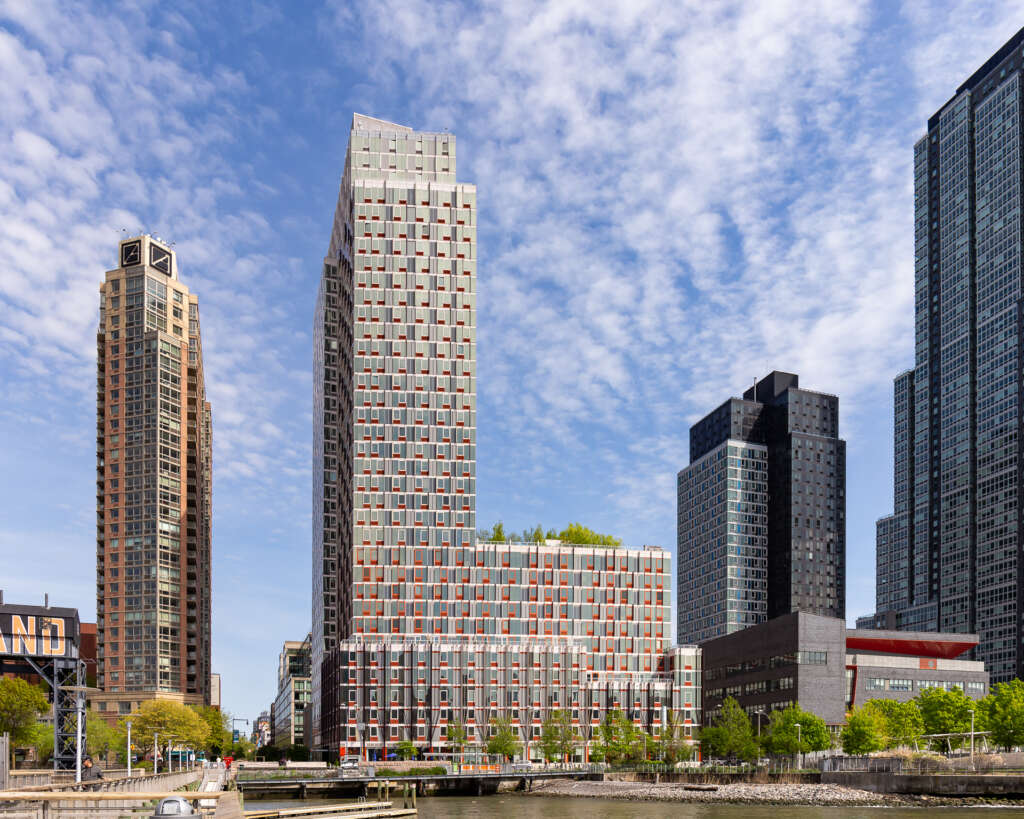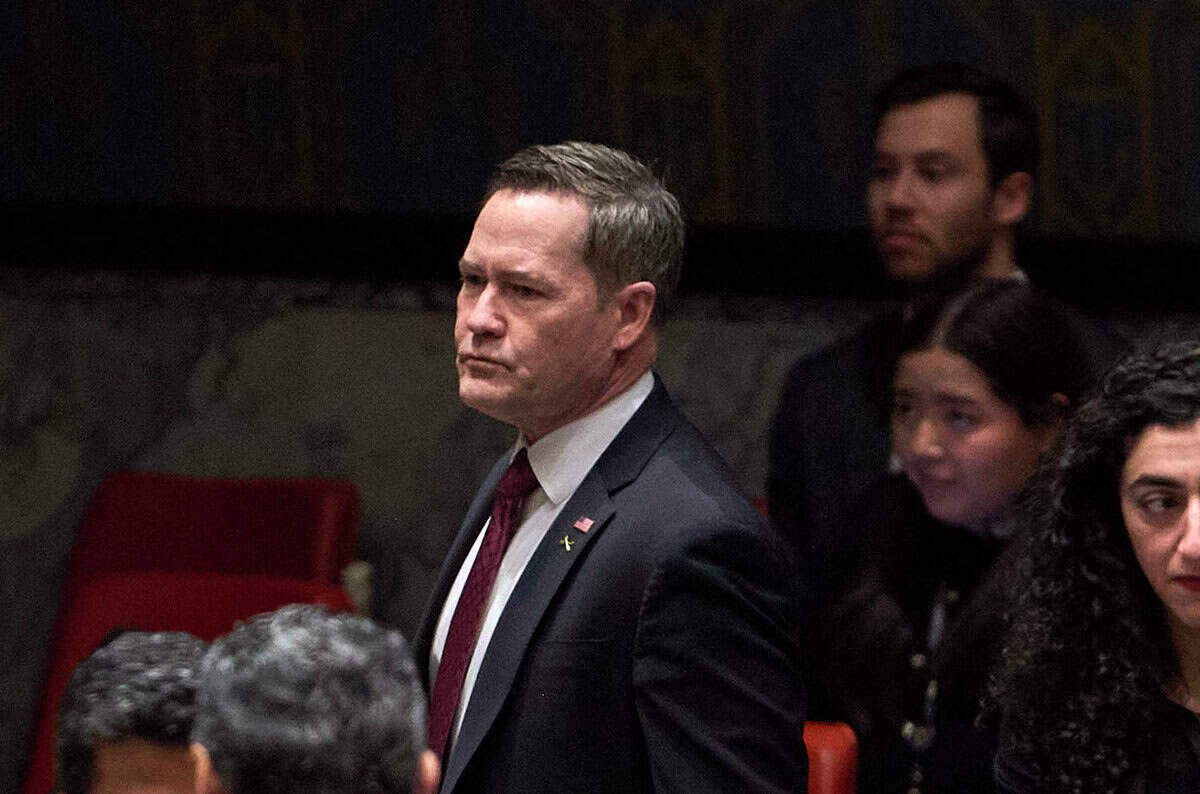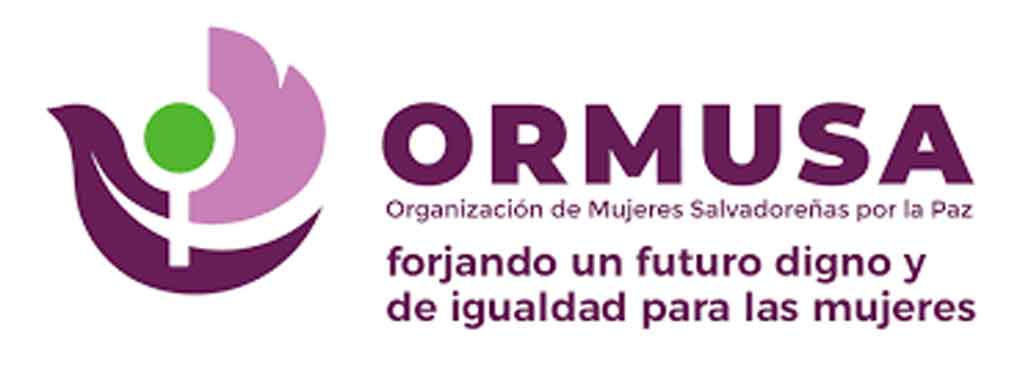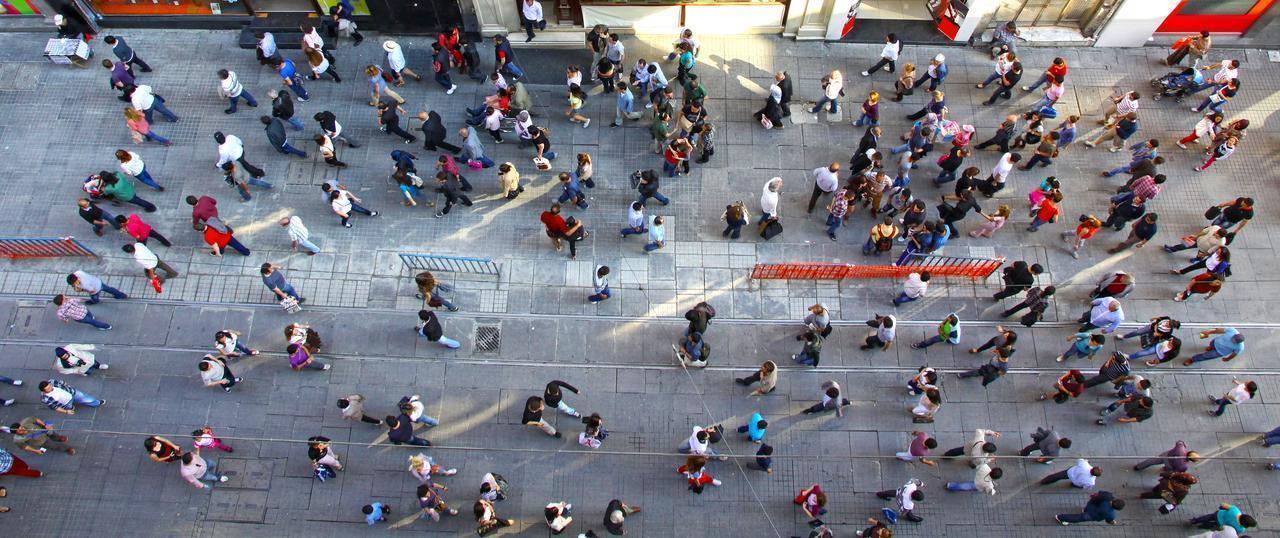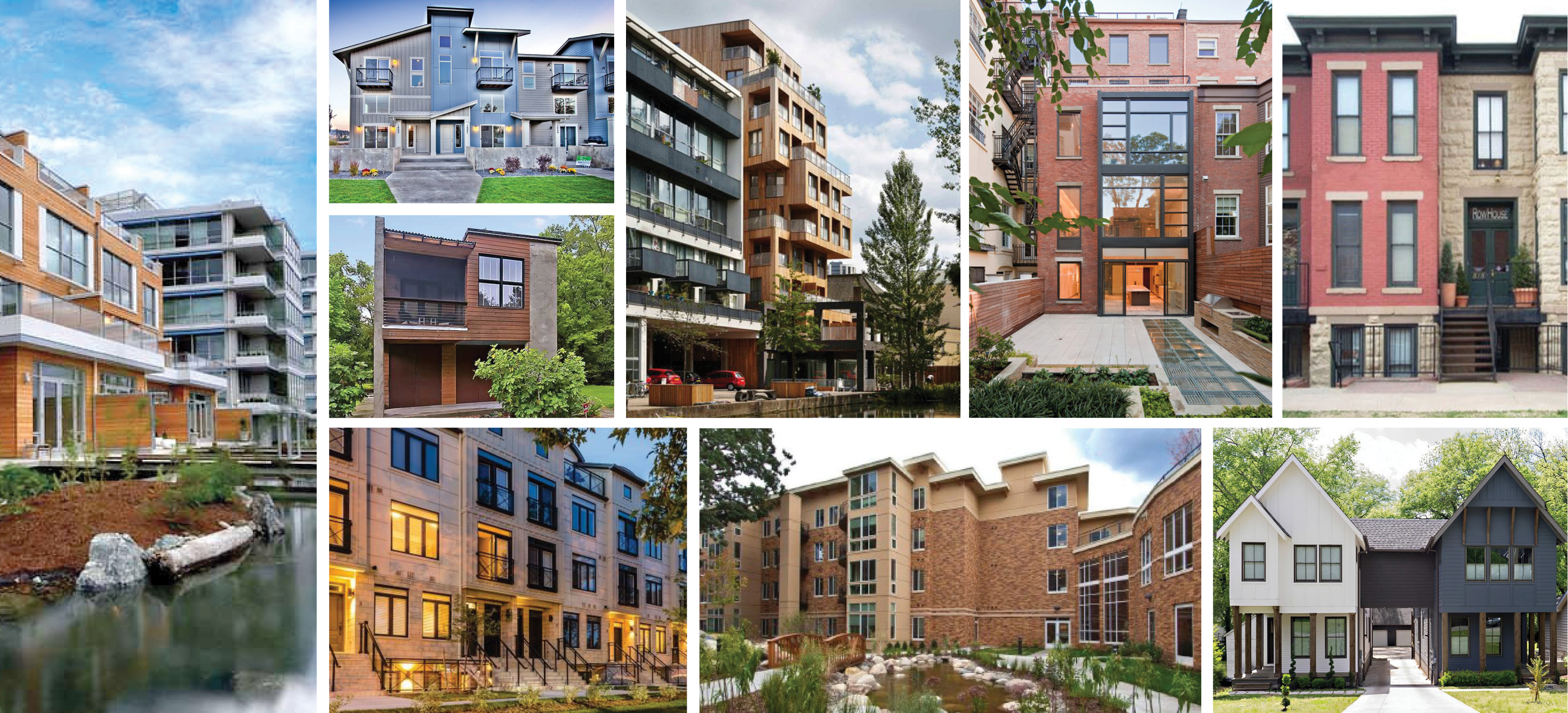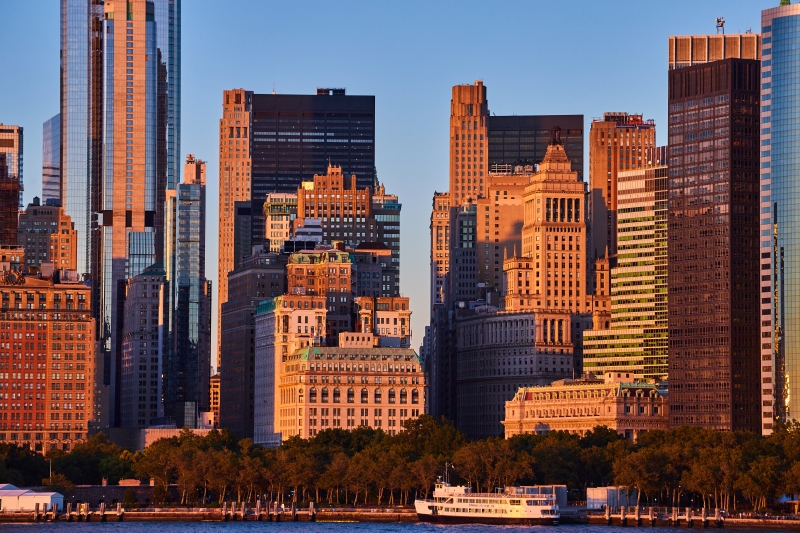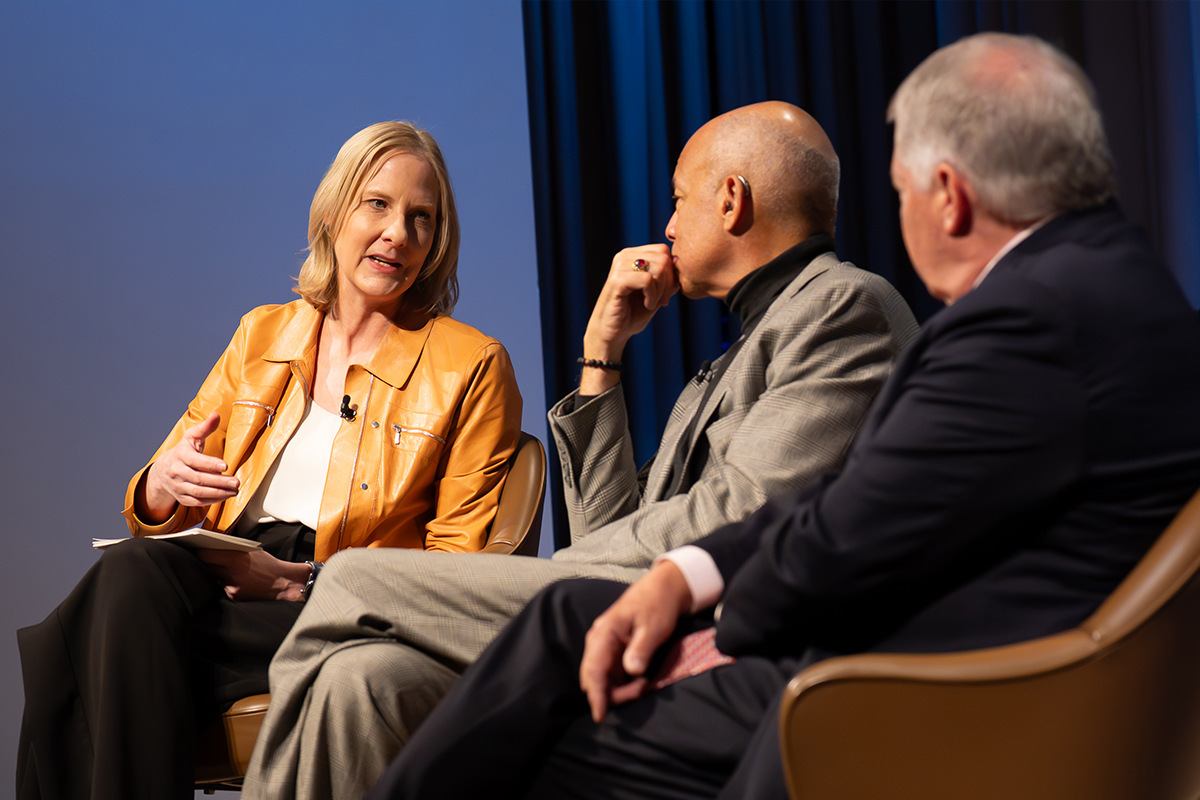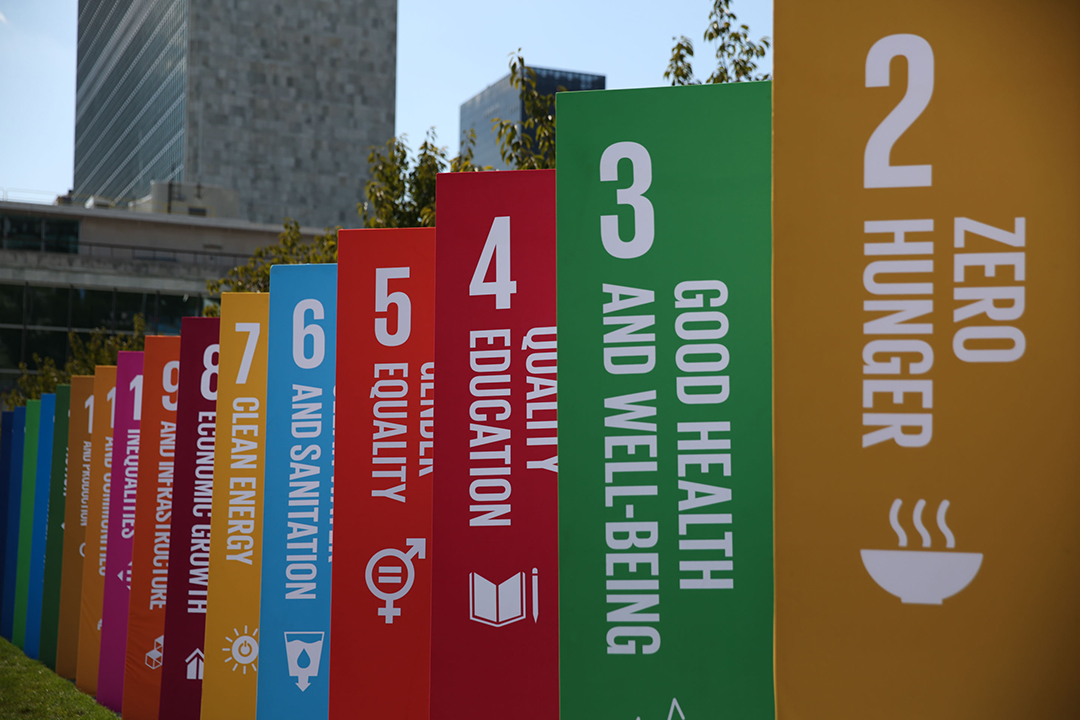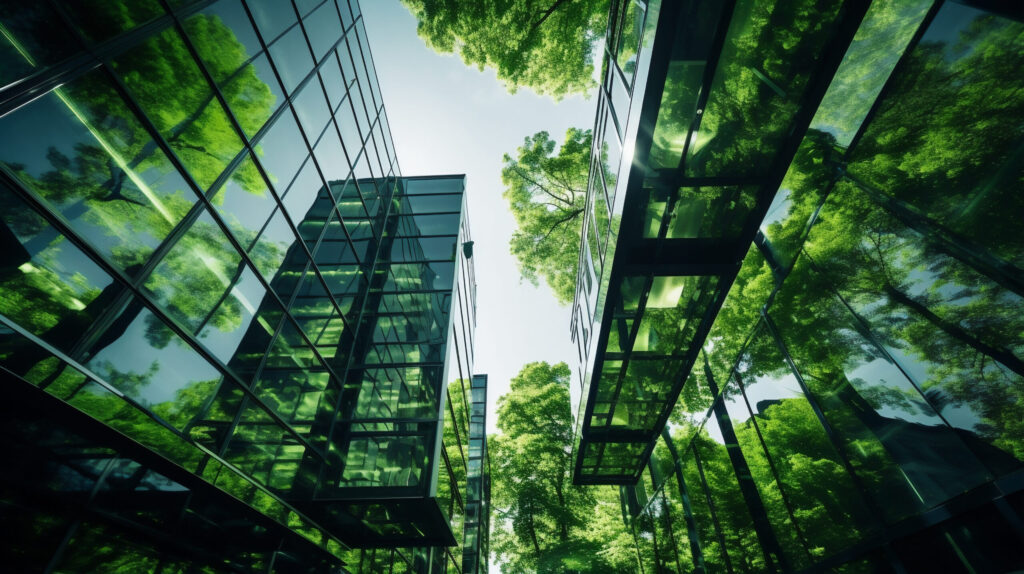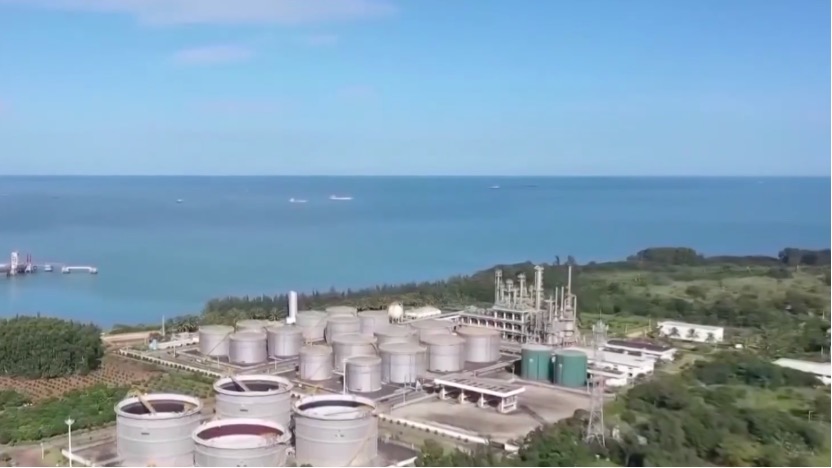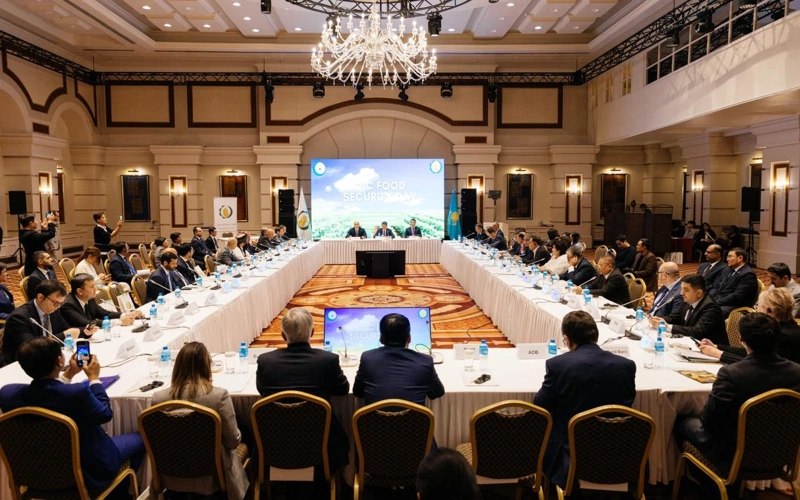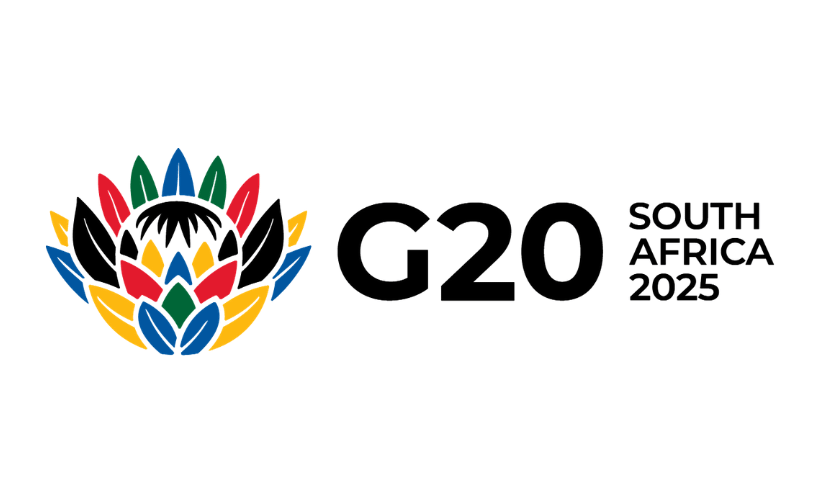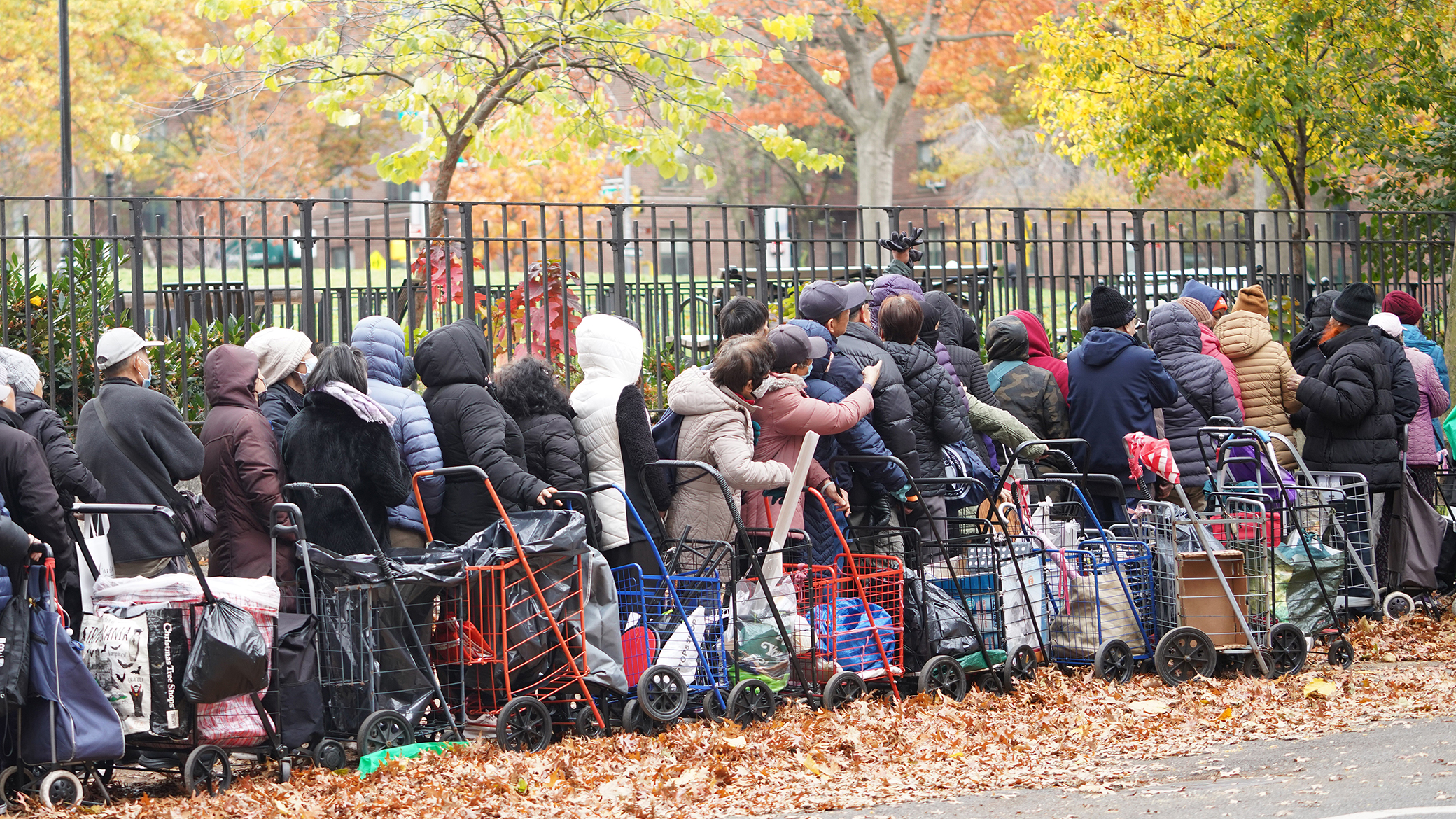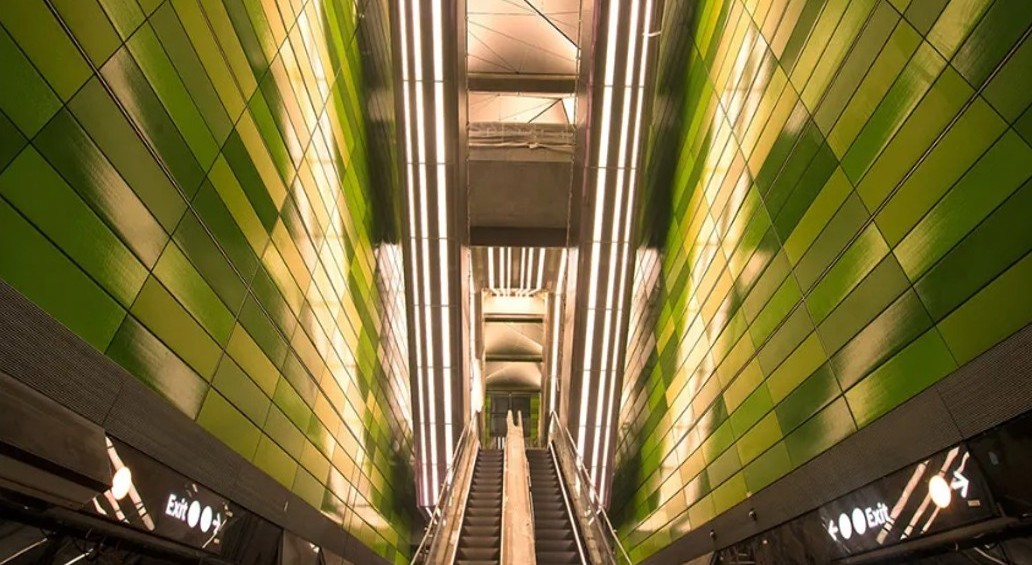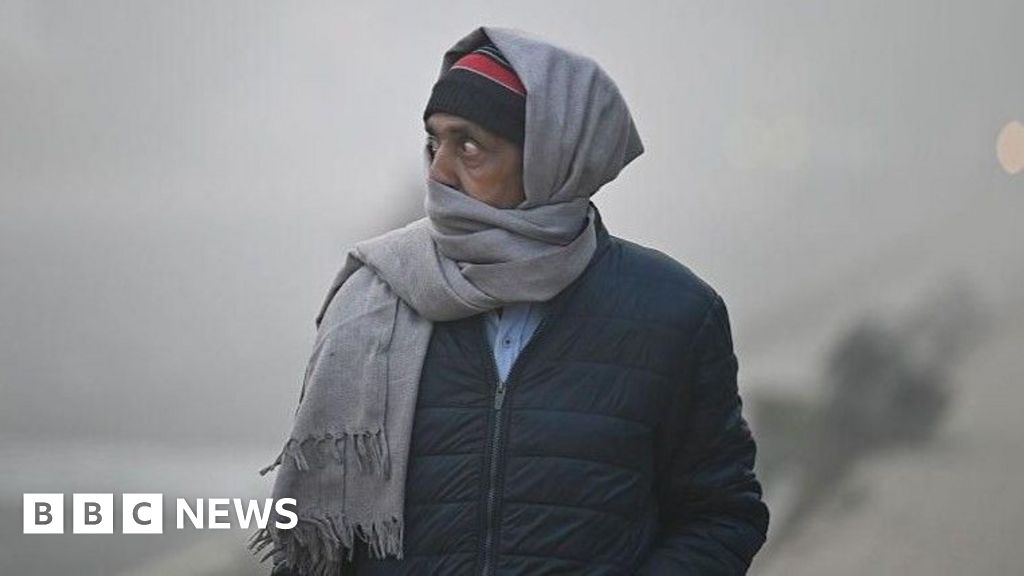Spill the Tea: Gentrification of Vancouver Chinatown – Simon Fraser University

Report on Urban Development in Vancouver’s Chinatown and its Alignment with Sustainable Development Goals (SDGs)
Introduction: Urban Rejuvenation and Sustainability Challenges
- Vancouver is recognized globally for its high quality of life, multiculturalism, and inclusivity.
- Recent urban rejuvenation initiatives have focused on historic neighbourhoods, most notably Chinatown, which was established in the 1880s.
- Historically an area of family-owned small businesses and a lower-income residential zone, Chinatown is currently undergoing significant gentrification.
- This process presents a complex challenge to the city’s commitment to sustainable and inclusive development.
Economic and Social Impacts of Gentrification
- Positive Perceived Outcomes: The development is characterized by the emergence of new fashion stores, cafes, and residential condominiums, which are often associated with urban improvement, increased employment, and new business opportunities.
- Negative Unintended Consequences: The gentrification process has led to significant increases in rent and an unequal distribution of developmental benefits, primarily favouring middle-class newcomers. This economic pressure results in the displacement of lower-income residents and established local businesses, threatening the social fabric of the community.
Analysis through the Lens of Sustainable Development Goals (SDGs)
-
SDG 11: Sustainable Cities and Communities
- The gentrification in Chinatown directly challenges several targets within SDG 11.
- Target 11.1 (Affordable Housing): Rising rents reduce access to adequate and affordable housing for long-term, lower-income residents.
- Target 11.3 (Inclusive Urbanization): The displacement of original community members indicates a failure to promote inclusive and sustainable urbanization.
- Target 11.4 (Cultural Heritage): The commercial transformation risks eroding the unique cultural heritage of one of Vancouver’s most historic neighbourhoods, undermining efforts to safeguard it.
-
SDG 10: Reduced Inequalities
- The process exacerbates urban inequality by creating a development model where economic benefits are captured by affluent groups while social and economic costs are borne by vulnerable populations.
- This leads to the marginalization and displacement of the very communities that built the neighbourhood’s historic character.
-
SDG 8: Decent Work and Economic Growth
- While new businesses emerge, the displacement of family-owned enterprises that have operated for decades represents a failure to achieve inclusive and sustainable economic growth.
- The loss of these businesses signifies a loss of decent work and livelihoods for the established community.
-
SDG 1: No Poverty
- The displacement of residents and small business owners from their traditional area of residence and commerce can increase their vulnerability to poverty by disrupting social support networks and eliminating stable sources of income.
Findings from Community Engagement
- A field study involving interviews with a variety of local business owners revealed mixed outcomes.
- Newer and some existing businesses reported benefits from increased foot traffic as the neighbourhood’s profile was elevated.
- However, a significant number of businesses, particularly those established for decades, faced displacement due to unsustainable rent increases driven by the area’s commercialization.
Recommendations for Sustainable Urban Development
- To maintain its status as a leading multicultural and inclusive city, Vancouver must align its urban development policies with the principles of the Sustainable Development Goals.
- Development strategies must prioritize the preservation of cultural heritage over purely commercial interests.
- Economic development models should be adopted that explicitly prevent the displacement of vulnerable populations and ensure equitable benefit sharing.
- Achieving true multiculturalism requires the active inclusion and equal support of all inhabitants, ensuring that urban progress contributes to reducing inequality and building sustainable communities for all.
Analysis of SDGs, Targets, and Indicators
1. Which SDGs are addressed or connected to the issues highlighted in the article?
-
SDG 8: Decent Work and Economic Growth
The article discusses economic development in Chinatown, mentioning both positive outcomes like “increased employment and business opportunities” and negative impacts such as rising rents “pushing out many businesses which have existed in the area for decades.” This connects to the goal of promoting inclusive and sustainable economic growth.
-
SDG 10: Reduced Inequalities
The core issue of gentrification is linked to inequality. The article explicitly points out the “unequal distribution of developmental benefits to the middle class” and the “displacement of lower-income classes,” which directly relates to reducing inequalities within cities.
-
SDG 11: Sustainable Cities and Communities
This is the most prominent SDG in the article. The discussion revolves around urban development, gentrification, housing (“rising condos”), the displacement of residents, and the critical need for “preservation of its cultural heritage” to make cities inclusive and sustainable.
2. What specific targets under those SDGs can be identified based on the article’s content?
-
SDG 8: Decent Work and Economic Growth
- Target 8.3: Promote development-oriented policies that support productive activities, decent job creation, entrepreneurship, creativity and innovation, and encourage the formalization and growth of micro-, small- and medium-sized enterprises. The article highlights the tension between new business opportunities and the threat to existing “small businesses owned by Chinese families” that are being pushed out, indicating a need for policies that support these long-standing enterprises.
-
SDG 10: Reduced Inequalities
- Target 10.2: By 2030, empower and promote the social, economic and political inclusion of all, irrespective of age, sex, disability, race, ethnicity, origin, religion or economic or other status. The article’s plea for “economic development, which does not displace the most vulnerable populations” and for “inclusion and equal support to all its inhabitants” directly aligns with this target.
-
SDG 11: Sustainable Cities and Communities
- Target 11.1: By 2030, ensure access for all to adequate, safe and affordable housing. The article’s mention of “significant increases in rent” and the “displacement of lower-income classes” points directly to the challenge of maintaining affordable housing amidst urban development.
- Target 11.3: By 2030, enhance inclusive and sustainable urbanization and capacity for participatory, integrated and sustainable human settlement planning and management. The article critiques a development model that lacks “consideration of its effects on the locals,” implying a need for more inclusive and sustainable urban planning as described in this target.
- Target 11.4: Strengthen efforts to protect and safeguard the world’s cultural and natural heritage. The call to prioritize the “preservation of its cultural heritage” and the concern that the neighborhood’s history is being “swept away by the commercialism” directly corresponds to this target.
3. Are there any indicators mentioned or implied in the article that can be used to measure progress towards the identified targets?
The article does not mention official SDG indicators, but it implies several metrics that could be used to measure progress:
-
Rate of Rent Increase
The mention of “significant increases in rent” implies that tracking the rate of rental price changes in the neighborhood is a key indicator for housing affordability (Target 11.1).
-
Displacement of Residents and Businesses
The article discusses the “displacement of lower-income classes” and “pushing out many businesses.” The number or proportion of original residents and long-term businesses that are forced to leave the area serves as a direct indicator of non-inclusive development (Targets 10.2, 8.3, and 11.3).
-
Preservation of Cultural Heritage Sites
The concern for the “preservation of history and culture” implies that an indicator could be the number of historic buildings, cultural sites, or legacy businesses that are preserved versus those that are lost to new development (Target 11.4).
-
Distribution of Economic Benefits
The reference to the “unequal distribution of developmental benefits to the middle class” suggests an indicator related to income distribution and economic opportunity among different population groups within the redeveloped area (Target 10.2).
4. Summary Table of SDGs, Targets, and Indicators
| SDGs | Targets | Indicators (Implied from the article) |
|---|---|---|
| SDG 8: Decent Work and Economic Growth | 8.3: Promote policies to support small- and medium-sized enterprises. | Number of long-standing local businesses displaced due to rising rent. |
| SDG 10: Reduced Inequalities | 10.2: Empower and promote the social and economic inclusion of all. | Rate of displacement of lower-income residents; Measurement of unequal distribution of development benefits. |
| SDG 11: Sustainable Cities and Communities | 11.1: Ensure access for all to adequate and affordable housing. | Rate of rent increases in the neighborhood. |
| 11.3: Enhance inclusive and sustainable urbanization. | Level of consideration for local inhabitants in development planning. | |
| 11.4: Protect and safeguard the world’s cultural heritage. | Number of cultural heritage sites and legacy businesses preserved versus lost. |
Source: sfu.ca
What is Your Reaction?
 Like
0
Like
0
 Dislike
0
Dislike
0
 Love
0
Love
0
 Funny
0
Funny
0
 Angry
0
Angry
0
 Sad
0
Sad
0
 Wow
0
Wow
0

